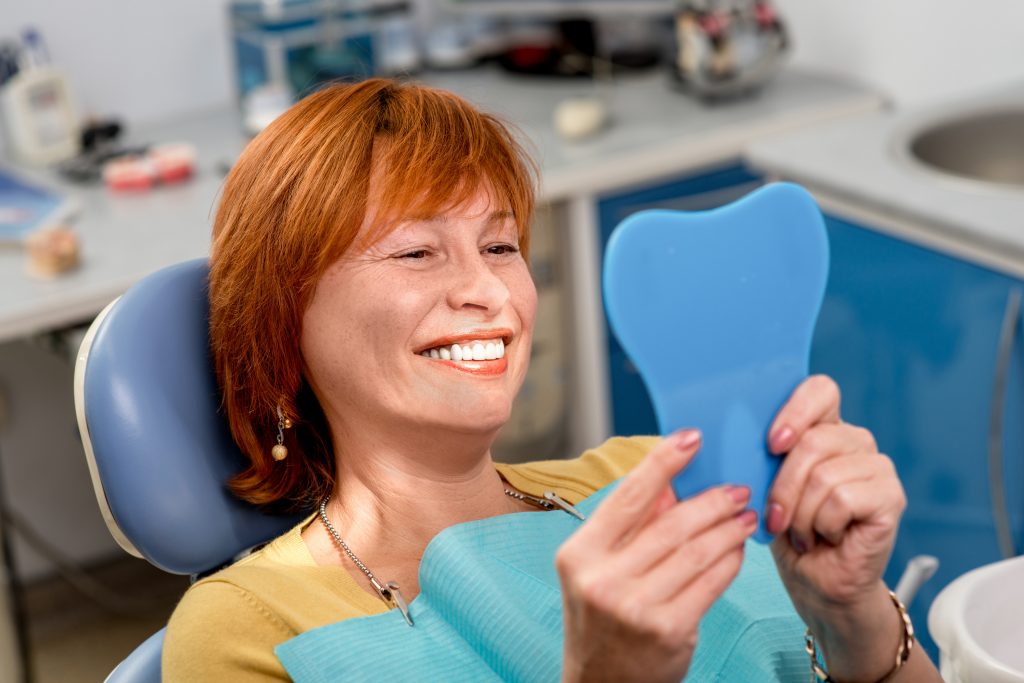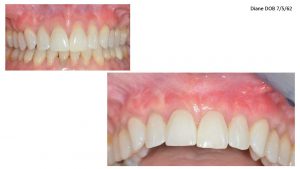While you have a great chance of developing gum disease at some point in your life, there are times when you need to seek out the help of a specialist. A periodontist is a dentist specializing in the prevention, diagnosis and treatment of infections and diseases in the soft tissues surrounding the teeth, and the jawbone. If you experience any of these signs and symptoms, it is important that you schedule an appointment with a periodontist without delay:
- Bleeding while eating or brushing
- Bad breath
- Loose teeth and gum recession
- Gangrene in the tissues
- Related health conditions
Before initiating any dental treatment, the periodontist will conduct an examination of the gums, jawbone and general condition of the teeth. Once diagnosed, the periodontist has a number of surgical and non-surgical options available to treat the underlying infection, and together you will come up with a treatment plan to repair any damage that has or may happen in the future.
Gingivitis/mild periodontal disease. When the gum pockets are large, the periodontist or hygienist may perform scaling and root planing to remove debris from the pockets and allow them to heal
Moderate periodontal disease. Larger gum pockets require a more extensive scaling and root planning cleaning might be required and will be performed under local anesthetic.
Advanced periodontal disease. When gum pockets are accompanied by bone loss and gum recession, scaling and root planning will always be performed as the initial nonsurgical treatment and may require surgical treatment to reduce pocket depth.
Tooth loss. Where one or several teeth are missing due to periodontal disease, dental implants are an effective option if the bone is strong enough. However, bone grafts may be performed by the periodontist to provide a suitable anchor for the new tooth/teeth.
If you would like more information about gum disease, call Dr. Cabrera in Chicago, IL at 312-994-7939 or visit www.perioimplantchicago.com.
Dr. Peter O. Cabrera proudly serves Chicago and all surrounding areas.









